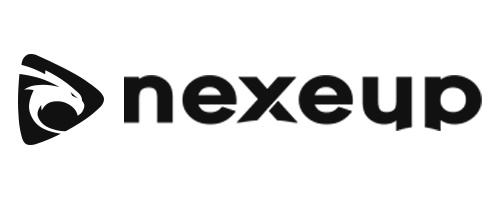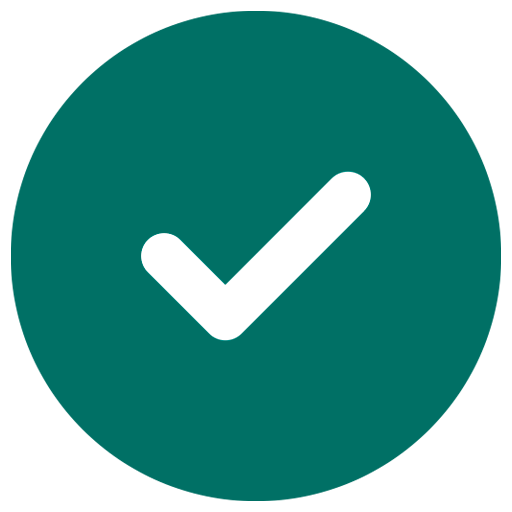Summary
- "Lead with a human-centered summary, anchoring achievements in real data, tailoring each application, and illustrating soft skills."
- "Recruiters gravitate toward clarity, authenticity, and well-structured information, conveying competence and character."
Before we dive in, here’s a quick snapshot of the seven strategies you’ll learn about:
- Tell a Story with Your Heading and Summary – Lead with a personal brand statement that feels genuine.
- Quantify Your Wins – Numbers draw the eye and prove you delivered results.
- Customize for Each Role – Tiny tweaks make you look like the perfect fit.
- Showcase Soft Skills with Mini-Stories – Illustrate collaboration, leadership, and creativity through brief anecdotes.
- Design for Readability – A clean layout with subtle color and clear headings invites recruiters in.
- Leverage a Portfolio or Attachments – Samples and links reinforce your claims.
- Follow Up Thoughtfully – A well-timed, personalized note can tip the scales in your favor.
Ready to roll up your sleeves? Let’s explore each one.
1. Tell a Story with Your Heading and Summary
Craft a Personal Brand Statement
Forget “Resume of Jane Doe.” Start with something like, “Creative Marketing Specialist Who Transforms Data into Engaging Campaigns.” It immediately tells the reader what you do and how you do it—and has a little personality at the same time.
Share a Brief Narrative
In a handful of sentences at the top, sketch out where you’ve been and where you’re headed. For instance:
“After leading a small team to grow our social media following by 300% in 12 months, I’m now seeking to bring my knack for storytelling and data-driven insights to a fast-growing startup.”
That number is specific, and the forward-looking statement signals ambition. Plus, it feels like you’re inviting the hiring manager to a conversation about your journey—not just scrolling a bullet list.
2. Quantify Your Wins
Use Genuine Numbers
“Improved customer retention” is fine, but “boosted customer retention by 18% in six months” is memorable. Whenever possible, back up your contributions with metrics: time saved, revenue generated, users acquired.
Contextualize Your Achievements
If you say “led a team,” add context like, “Led a cross-functional team of five designers and two developers to launch a new mobile app that reached 50,000 downloads in its first quarter.” That shows scope, scale, and impact.
Don’t Shy Away from Small Wins
Even if you’re early in your career, you might have reduced onboarding time by 20%, organized events that brought in 100+ attendees, or managed a budget. Those details matter—big or small.
3. Customize for Each Role
Read Between the Lines of the Job Description
If the posting asks for “strong analytical skills” and “excellent written communication,” make sure you surface a bullet or two under your experience that speaks directly to analysis and writing.
Mirror the Language—Sparingly
Swapping “developed strategic plans” for “crafted strategic plans” because the job ad used “crafted” seems small, but recruiters notice it. Don’t overdo it—keep your authentic voice.
Prioritize Relevance
Reorder your bullet points so the most role-relevant ones appear first. If you’re applying for a customer-facing role, highlight your client presentations at the top, not the internal reporting you did three jobs ago.
4. Showcase Soft Skills with Mini-Stories
Embed Brief Anecdotes
Under each position, weave in a one-line scenario that illustrates teamwork, adaptability, or leadership.
“Collaborated with our legal team to navigate complex compliance issues, resulting in zero audit findings over two years.”
Tie Soft Skills to Outcomes
Saying you’re a “great communicator” is abstract. Instead:
“Facilitated weekly cross-departmental stand-ups, reducing project bottlenecks by 30%.”
Maintain Balance
Too many dramatic stories can read like a novel. Keep each to one sentence and focus on the result to maintain flow.
5. Design for Readability
Choose a Clean, Professional Template
Pick a layout that uses white space wisely, a single accent color (maybe your personal brand color), and a readable sans-serif font (like Calibri or Helvetica).
Use Consistent Formatting
Align your dates in one column, your job titles in another. Stick to one bullet style and one font size for body text. Consistency helps the eye glide down the page.
Leverage Subtle Visual Cues
A thin line between sections, bolded job titles, and slightly larger section headers (e.g., 14–16 pt vs. 12 pt body text) guide the reader. Subtle use of color—perhaps in header bars—can also draw attention without distracting.
6. Leverage a Portfolio or Attachments
Include Relevant Links
If you’re a designer, coder, or writer, include a link to a portfolio. For marketers, attach a snippet of a campaign deck or a one-page case study as a PDF.
Attach Samples Strategically
Attach only your best, most relevant work. Label files clearly (e.g., “JaneDoe_CaseStudy_BrandRedesign.pdf”) so it’s easy to find.
Use QR Codes Sparingly
If you know the recruiter will print your resume, a small QR code at the bottom linking to an online portfolio can be slick—but test it first to ensure it scans cleanly.
7. Follow Up Thoughtfully
Time It Right
Wait about a week after submitting your application or interviewing. You want to show enthusiasm without appearing pushy.
Personalize Your Message
Refer to a specific conversation point or piece of feedback. For example:
“I enjoyed discussing the upcoming product launch with you last Tuesday. I’ve been thinking more about my idea for streamlining the onboarding process, and I’d love to explore that further.”
Keep It Short and Sweet
A concise email—two to three sentences of gratitude, one sentence of follow-up, and a closing note—works best. Recruiters appreciate brevity.
Bringing It All Together
Think of your resume and application as your personal storybook: you’re the protagonist, and these documents are the narrative arc that shows where you’ve been, what you’ve accomplished, and where you’re headed. By leading with a human-centered summary, anchoring your achievements in real data, tailoring each application, illustrating soft skills with mini-stories, designing for easy reading, providing tangible proof of your work, and following up authentically, you set yourself apart from the sea of generic submissions.
Remember, recruiters and hiring managers are people, too. They gravitate toward clarity, authenticity, and well-structured information. When you approach your resume and application with genuine confidence—backed by numbers and real examples—you convey not just competence, but character. And ultimately, that’s what lands interviews, job offers, and new chapters in your career story.
Go ahead—take these seven strategies, make them your own, and watch your applications shine. Good luck!







These strategies are incredibly helpful for anyone looking to make their resume stand out. Tailoring your application and showcasing real achievements can truly make a difference. Good luck with your job applications!